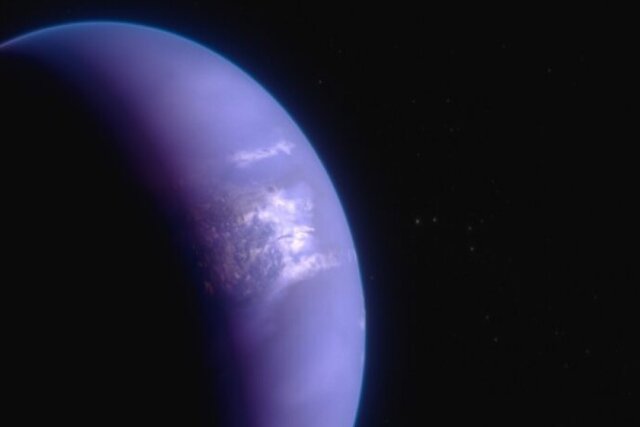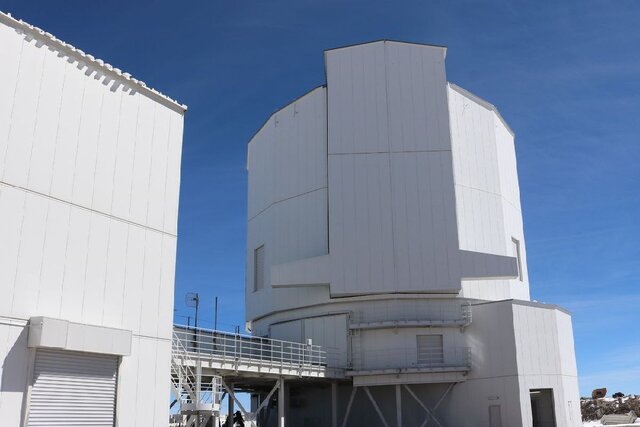The James Webb Space Telescope helped researchers map the climate of an exoplanet.
James Webb space telescope map of the climate of an exoplanet
An international team of researchers has successfully used the James Webb Space Telescope to map the climate of a hot gas giant exoplanet.
According to NASA, detailed observations in a wide range of mid-infrared light, along with 3D weather models and previous observations from other telescopes, show the presence of dense, high clouds that cover the sky during the day and night, as well as show tropical winds. They say they are merging atmospheric gases at 5,000 miles per hour around the exoplanet WASP-43 b.
This is the latest demonstration of exoplanet science, now made possible by James Webb’s extraordinary ability to probe temperature changes and detect atmospheric gases trillions of miles away.
The exoplanet WASP-43 b is a type of “Hot Jupiter”. This Jupiter-sized planet is made mostly of hydrogen and helium and is much hotter than the other giant planets in the solar system. Although its star is smaller and cooler than the Sun, WASP-43 b orbits at a distance of 1.3 million miles, less than one-twenty-fifth the distance between Mercury and the Sun.
With such an orbit, the planet is tidally locked; This means that one side is constantly lit and the other side is in permanent darkness. Although the night side never receives any direct radiation from the star, strong eastward winds carry heat from the day side around.
Since the discovery of the planet WASP-43 b in 2011, it has been observed by several telescopes, including the Hubble Space Telescope and the Spitzer Space Telescope. “With the Hubble Space Telescope, we can clearly see that there is water vapor on the day side of the planet,” said Bay Area Environmental Research Institute (BAERI) researcher Taylor Bell. Both Hubble and Spitzer showed that clouds may exist on the night side, but we needed more detailed surveys with the James Webb Space Telescope to begin mapping temperatures, cloud cover, winds, and atmospheric composition more precisely across the planet.
Although WASP-43 b is too small, faint, and too close to its star to be seen directly by a telescope, the planet’s short orbital period of just 19.5 hours makes it ideal for “phase curve spectroscopy.” The phase curve spectroscopic method involves examining small changes in the brightness of a star-planet system as the planet orbits the star.
Because the amount of mid-infrared light emitted by a body depends largely on how hot it is, James Webb’s brightness data can be used to calculate a planet’s temperature.
For more than 24 hours, the research team used James Webb’s Mid-Infrared Instrument (MIRI) to measure the light of the WASP-43 system every 10 seconds. “By observing an entire orbit, we were able to calculate the temperature of different sides of the planet as it rotated into view,” Bell explained. Based on these calculations, we were able to create a map of the temperature of the entire planet.
Measurements show that the air temperature on the day side of the planet is close to 1250 degrees Celsius on average; While the temperature of the night side reaches 600 degrees Celsius and is significantly cooler. These data help locate the hottest spot on the planet, which is slightly eastward from the point receiving the most stellar radiation. This change occurs due to the blowing of winds that move the warm air towards the east.
“Michael Roman” (University of Leicester) researcher and one of the researchers of this project said: “The fact that we can map the temperature in this way is a real proof of James Webb’s sensitivity and stability.”
To interpret the map, the researchers used complex 3D atmospheric models, similar to those used to understand weather and climate on Earth. Analyzes show that the night side of the planet is probably covered in a dense and high layer of clouds, and this layer prevents part of the infrared light from reaching space. As a result, although the night side is very warm, it appears dimmer and cooler than when there are no clouds.
The broad spectrum of mid-infrared light taken by James Webb makes it possible to measure the amount of water vapor and methane around the planet. “Joanna Barstow”, a researcher at “The Open University of UK” and one of the researchers of this project, said: “James Webb has given us the opportunity to find out exactly which molecules we see and put limits on their abundance.”
The observed light spectra show clear signatures of water vapor on the planet’s nightside and dayside, providing additional information about the density of clouds and their height in the atmosphere.
Read more: The highest observatory in the world officially started its work
Also, the researchers were surprised to find that the data showed a lack of methane everywhere in the atmosphere. Because the day is too hot for methane to exist, methane should be cooler, stable, and detectable at night.
“The fact that we don’t see methane tells us that the wind speed on WASP-43 b must be about 5,000 miles per hour,” Barstow explained. If the winds move the gas from the day side to the night side of the planet and back again quickly, there won’t be enough time for the chemical reactions to produce detectable amounts of methane on the night side.
Researchers believe that because of this wind-driven mixing, the chemistry of the atmosphere is the same across the planet. This result was not clear in previous researches that were conducted with Hubble and Spitzer telescopes.
This research was published in “Nature Astronomy” magazine.



 Technology9 months ago
Technology9 months ago


 Technology10 months ago
Technology10 months ago


 Technology9 months ago
Technology9 months ago


 Technology11 months ago
Technology11 months ago


 Humans1 year ago
Humans1 year ago


 AI1 year ago
AI1 year ago


 Technology10 months ago
Technology10 months ago


 Technology11 months ago
Technology11 months ago
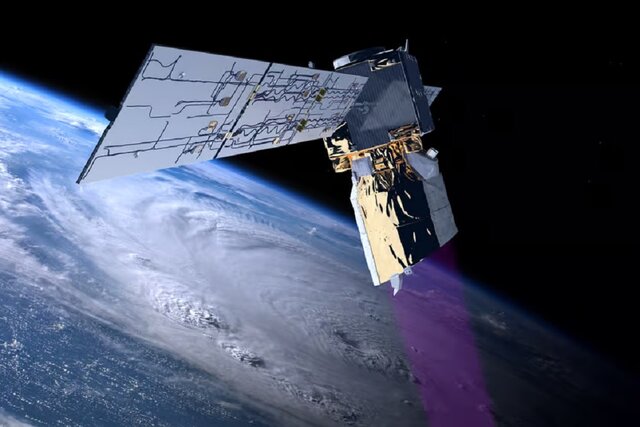
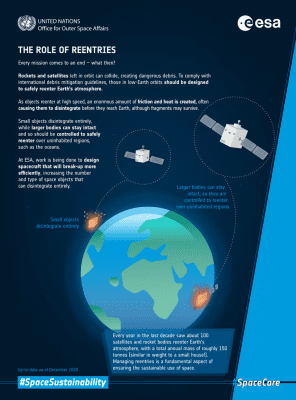





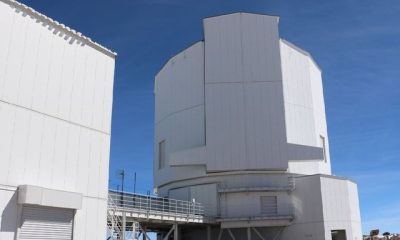



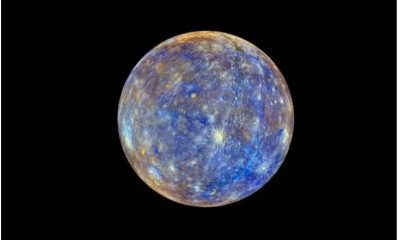




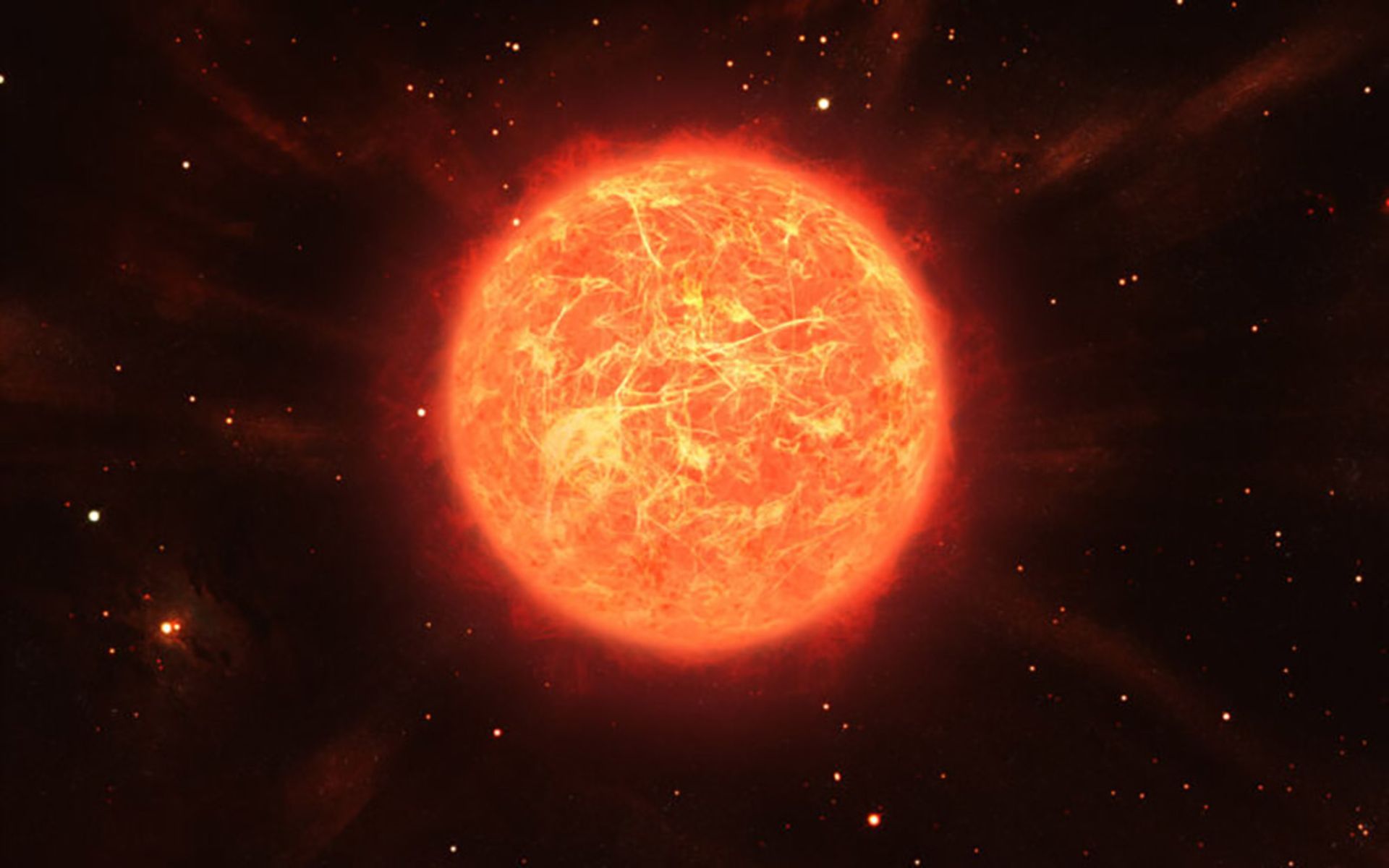 The sun is getting bigger and brighter day by day.
The sun is getting bigger and brighter day by day.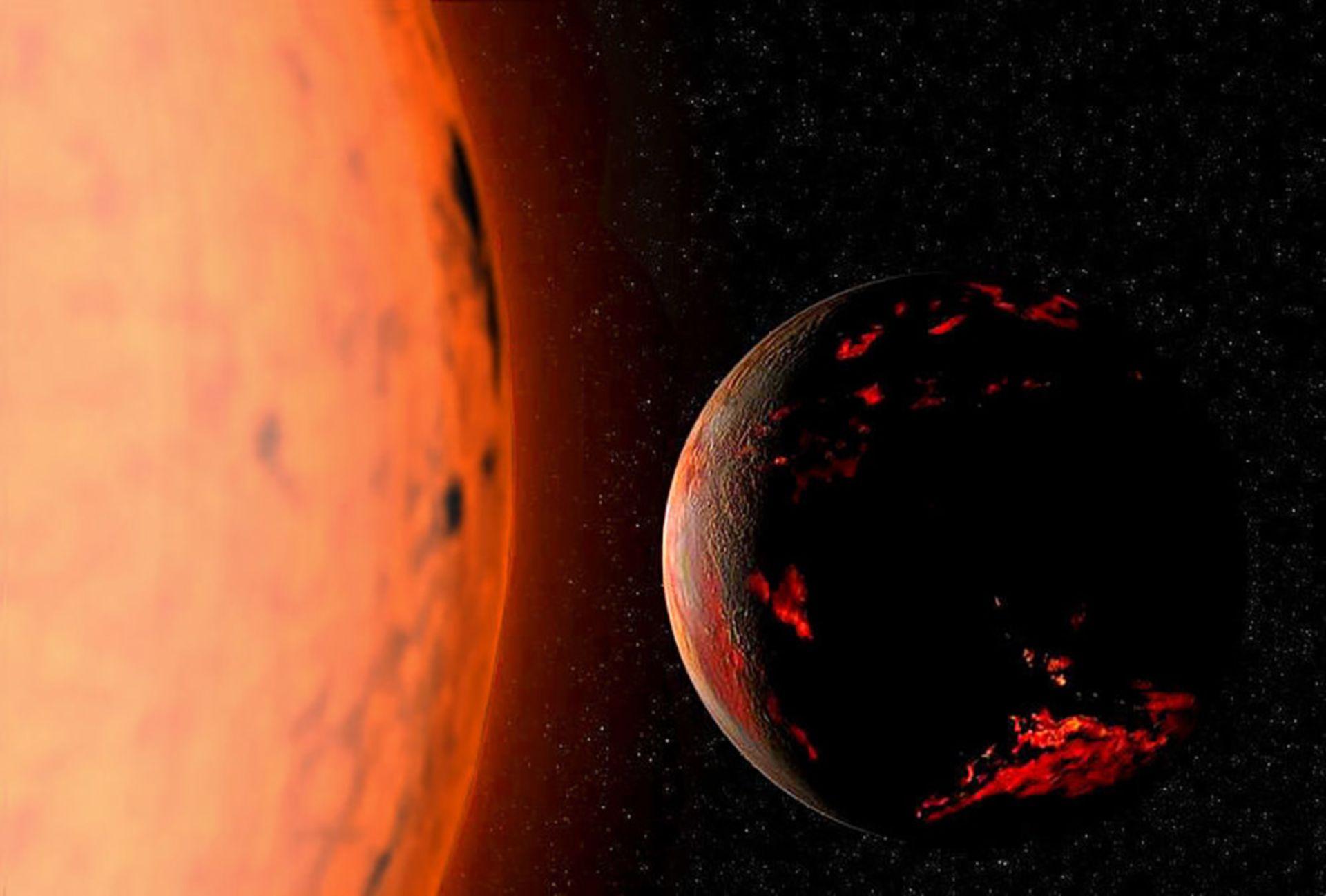 The sun will destroy the earth before it dies.
The sun will destroy the earth before it dies. By shifting the earth’s orbit, it can be saved from the sun.
By shifting the earth’s orbit, it can be saved from the sun. The Sun loses mass through the solar wind or particle stream.
The Sun loses mass through the solar wind or particle stream.